
10 Top Virginia Fishing Waters: Rivers
Spring has sprung both meteorologically (March 1) and astronomically (March 20) which means you have no excuse for not having plans for fishing this year. Once 2025 is gone, it’s gone for good.
But no worries—tah-dah!—this (not so) humble scribe is here to help.
In this month’s—and next month’s—editions of the Virginia Department of Wildlife Resources (DWR) Notes from the Field fishing newsletter, I’m putting together a list of the top 10 fishing waters in Virginia. Part I, which you’re reading now, is on rivers, and Part II, which runs next month, will be on lakes.
Just so you know, I’m not ranking these wonderful waters—and, of course, not everyone will agree with my list—but I think these are some of the Old Dominion rivers in which you may want to wet a line this year.
So, let’s get started:
New River: Located in Southwest Virginia, the New River is considered North America’s oldest river, and one of the world’s oldest rivers, second only to Egypt’s Nile.
Also notable, the New flows northward, rather than southward, on its journey from its headwaters in North Carolina’s Blue Ridge Mountains into Virginia and then on into West Virginia; most East Coast rivers flow in a southern direction. But most importantly for the angler, the New is one of the best rivers in Virginia for fishing, boasting populations of nearly every major freshwater gamefish in the state; some consider the smallmouth bass fishing world-class.
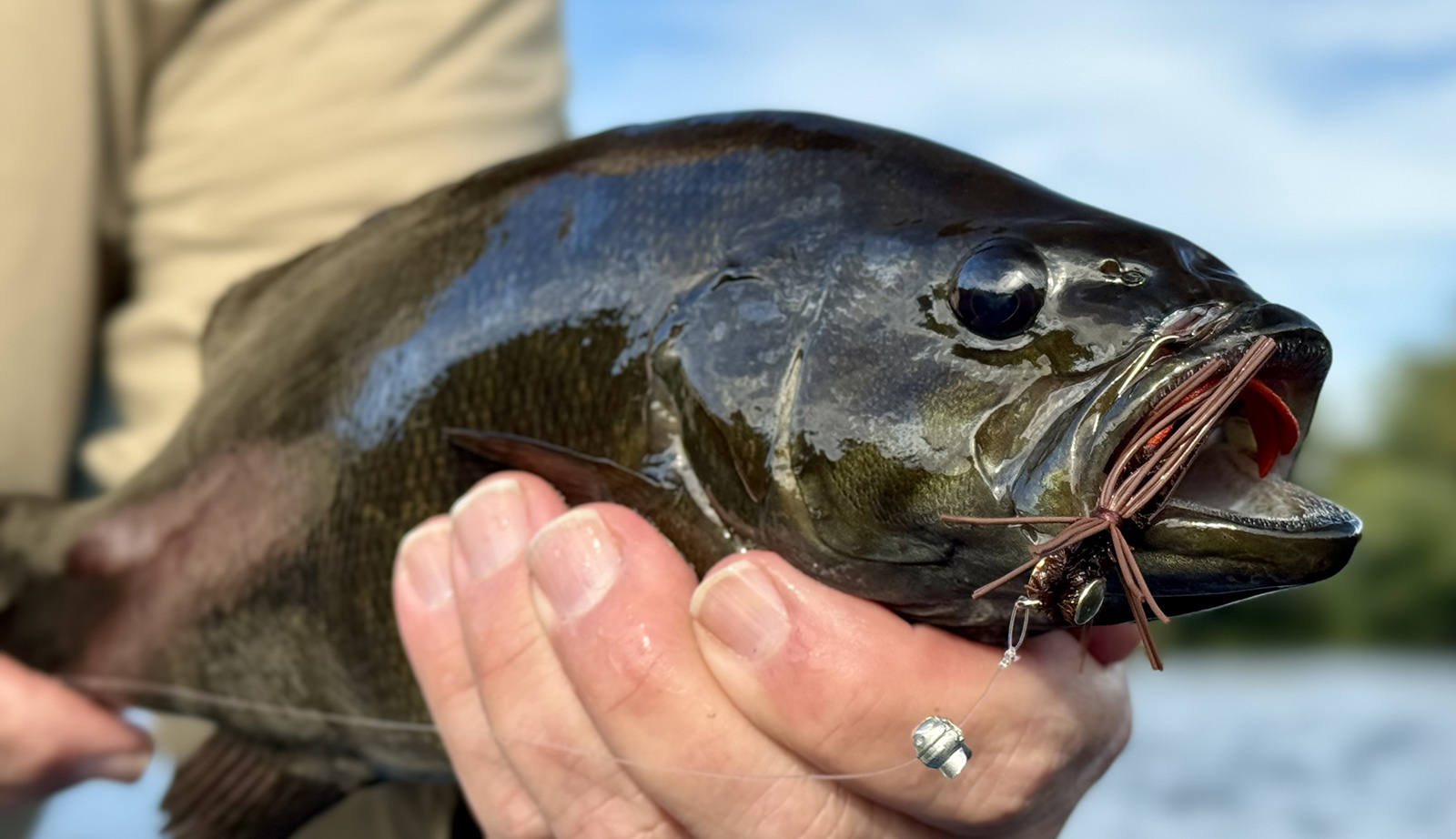
A New River bronzeback taken on the fly.
Besides smallies, we’re talking: spotted bass, largemouth bass, rock bass, striped bass, hybrid striped bass, musky, walleye, black crappie, channel catfish, flathead catfish, yellow perch, panfish, and carp. Several state records come out of the New.
Jackson and James Rivers: Since Virginia has so many riveting rivers, and I’ve limited myself to choosing five, I’m going to cheat here a little bit and combine the Jackson and James rivers—since the Jackson is a major tributary of the James.
Let’s begin with the Jackson River. In the western part of the state, the Jackson is generally divided into two sections: the portion above Lake Moomaw and the tailwater portion below Gathright Dam, which releases cool water into the Jackson below the lake.
The river provides excellent fishing for smallies, rock bass, rainbow trout, and brown trout above Lake Moomaw. Below the dam, the tailwater has wild (!) rainbow trout, wild (!) brown trout, smallmouth bass, rock bass, and panfish.
Before fishing the Jackson, it’s best to be aware of special rights given to some landowners on the river below the dam to avoid straying into areas that are off-limits to anglers as well as possible legal jeopardy.
The James River, Virginia’s largest river, flows for some 300 miles from the Appalachian Mountains through the capital of Richmond and into the Chesapeake Bay. The “Big Jim” has both tidal and non-tidal sections.
In the non-tidal section (aka the upper and middle sections), the James flows from the confluence of the Jackson and Cowpasture Rivers to the 14th Street Bridge in Richmond, where the river’s fall line begins. These upper and middle sections offer great fishing including, smallmouth bass, spotted bass, largemouth bass, musky, channel catfish, blue catfish, flathead catfish, blue catfish, carp, and panfish.
The chance of netting a monstrous musky and or a big blue (some exceeding 50 lbs!) is a huge draw.
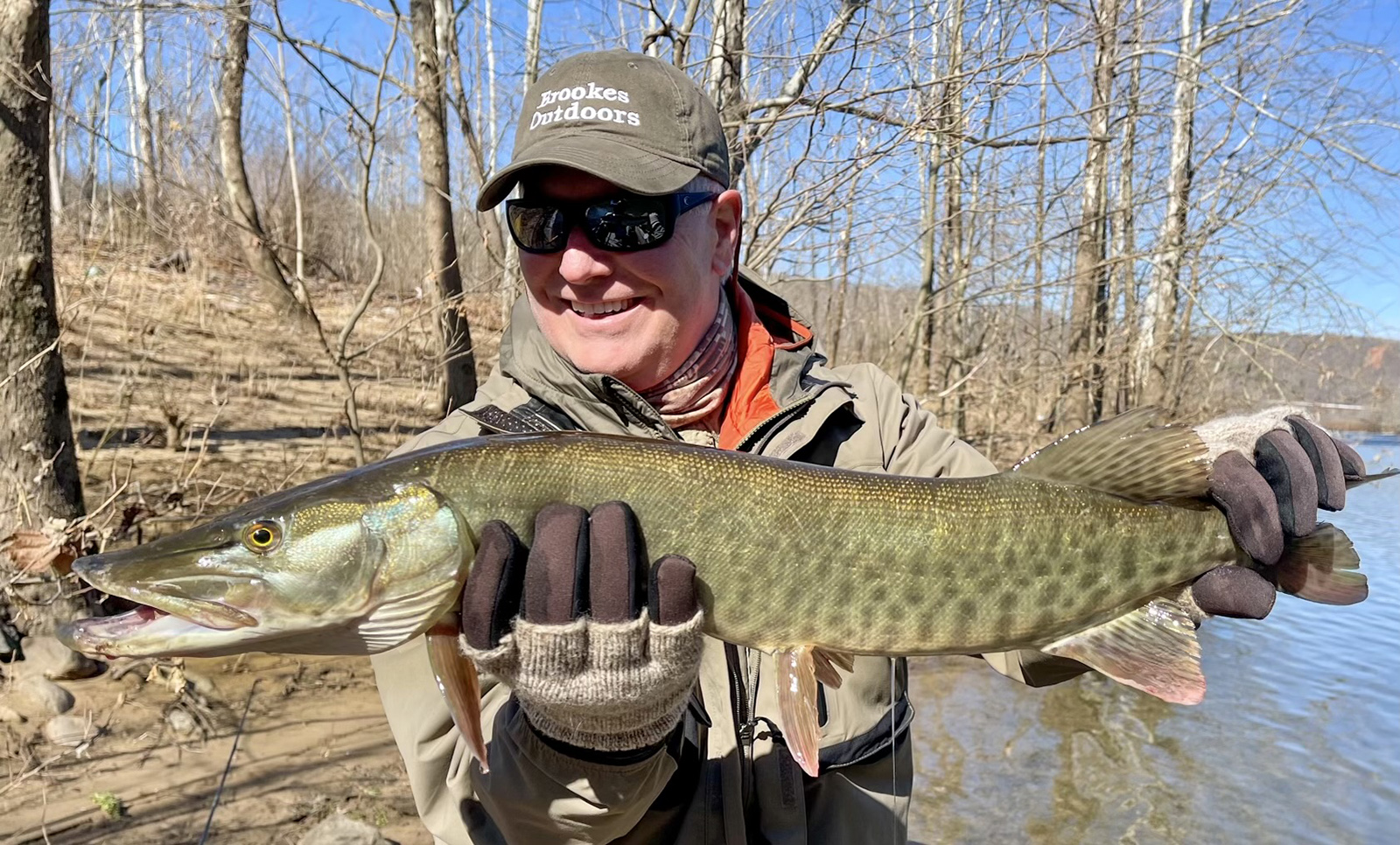
A toothy James River musky.
The tidal section of the river offers some terrific fishing in the spring, especially in April, with the annual shad and striped bass runs into the James River from the Atlantic Ocean on their spawning runs. Go out and get yourself a James River Slam of shad, stripers, and perch.
Shenandoah River: Flowing through the scenic and historic Shenandoah Valley, the main stem of the Shenandoah River is formed at the confluence of the North and South Forks at Front Royal before dumping into the Potomac River at Harper’s Ferry, West Virginia.
The Shenandoah, especially the North and South Forks, is renowned for its citation-sized smallmouth bass fishing. Two fish per hour is a common catch rate, but in a good recruitment year, boating 50 to 100 smallies on a summer float trip isn’t uncommon.
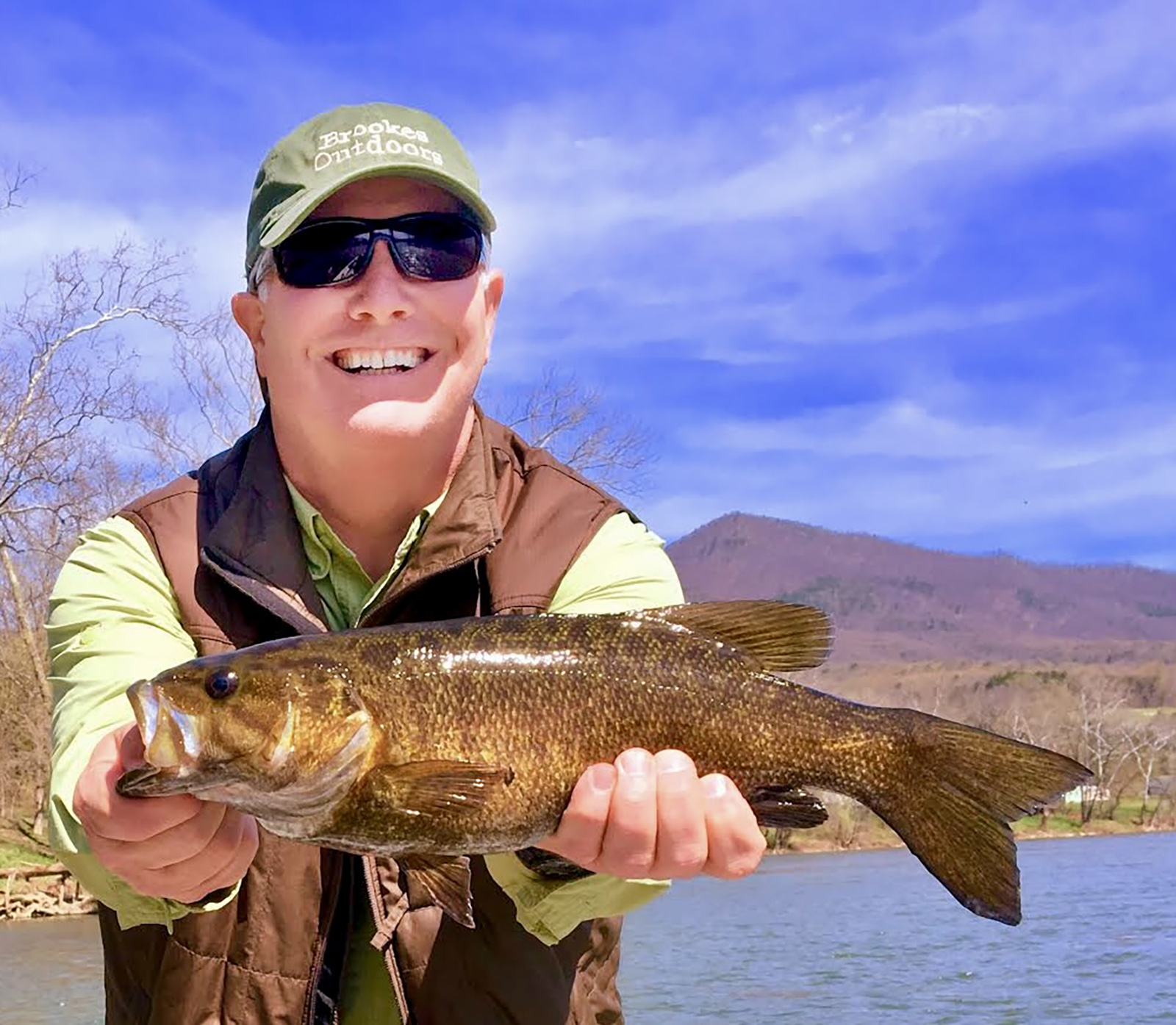
A pre-spawn Shenandoah smallie.
The Shenandoah system also contains largemouth bass, channel and flathead catfish, panfish, walleye, crappie, carp, and musky. During river surveys, DWR fisheries biologists have come across several female musky exceeding 50 inches.
Rappahannock River: The “Rapp” is another fun fishery with both non-tidal and tidal sections, with the division around Fredericksburg. The river above the fall line offers fishing for smallmouth bass, carp, and panfish.
In the tidally influenced section, the river has good populations of white and yellow perch, largemouth bass, black crappie, and channel and blue catfish. Northern snakeheads are also in the Rappahannock system. In the spring, migratory shad and striped bass come upriver to spawn. An ongoing dam removal on the Rapidan River (a Rappahannock tributary above the fall line) will open more inland water to migratory shad and stripers.
Hopefully, that means more and better fishing on the Rapp system.
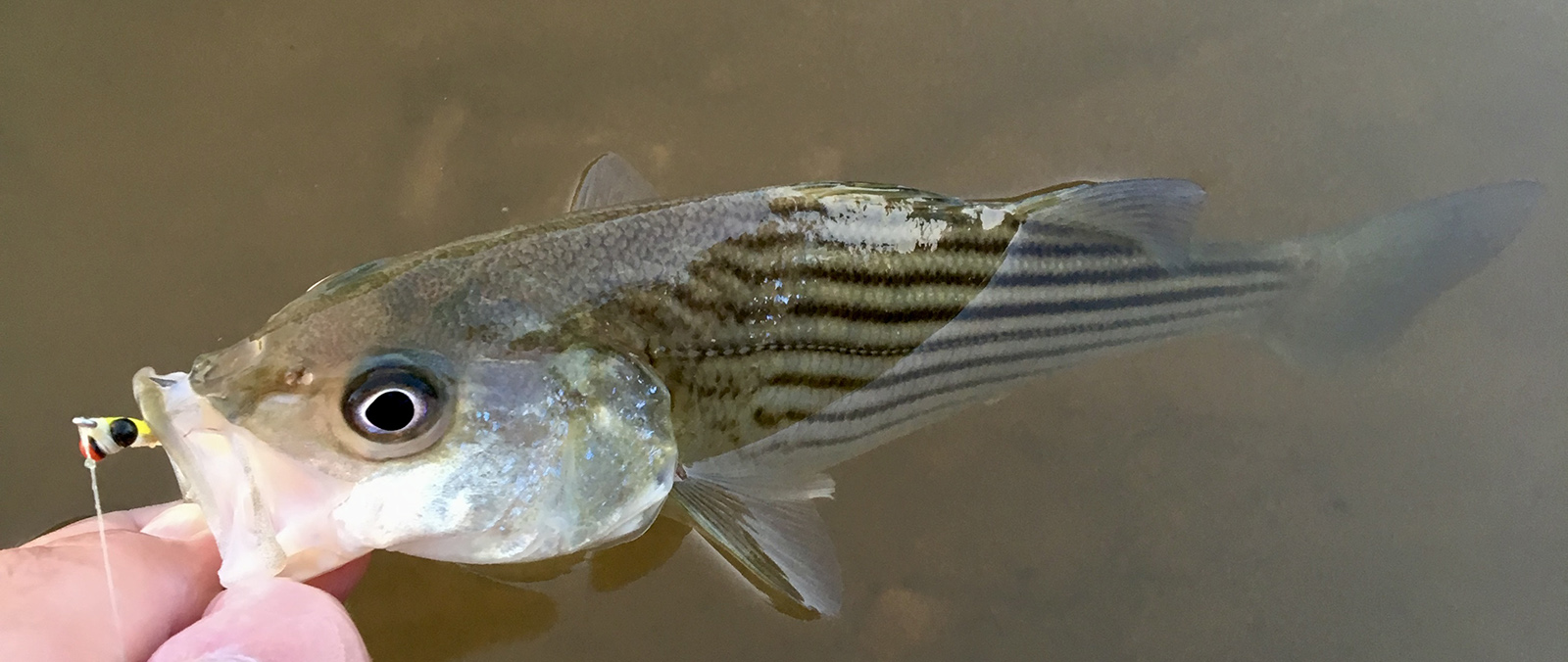
A striped bass “schoolie” from the Rappahannock.
Holston River–South Fork: Any list should have an “Ah-ha!” moment. For this list, it’s going to be the Holston River South Fork in Southwestern Virginia as the surprise guest at this piscatorial party.
The South Holston offers anglers both a stocked and wild rainbow and brown trout fishery that provides solid fishing for both conventional and fly anglers. Many consider it a top Virginia trout water.
(For more great trout waters, see DWR’s Five-Star Trout Waters at Your Feet from last year….)
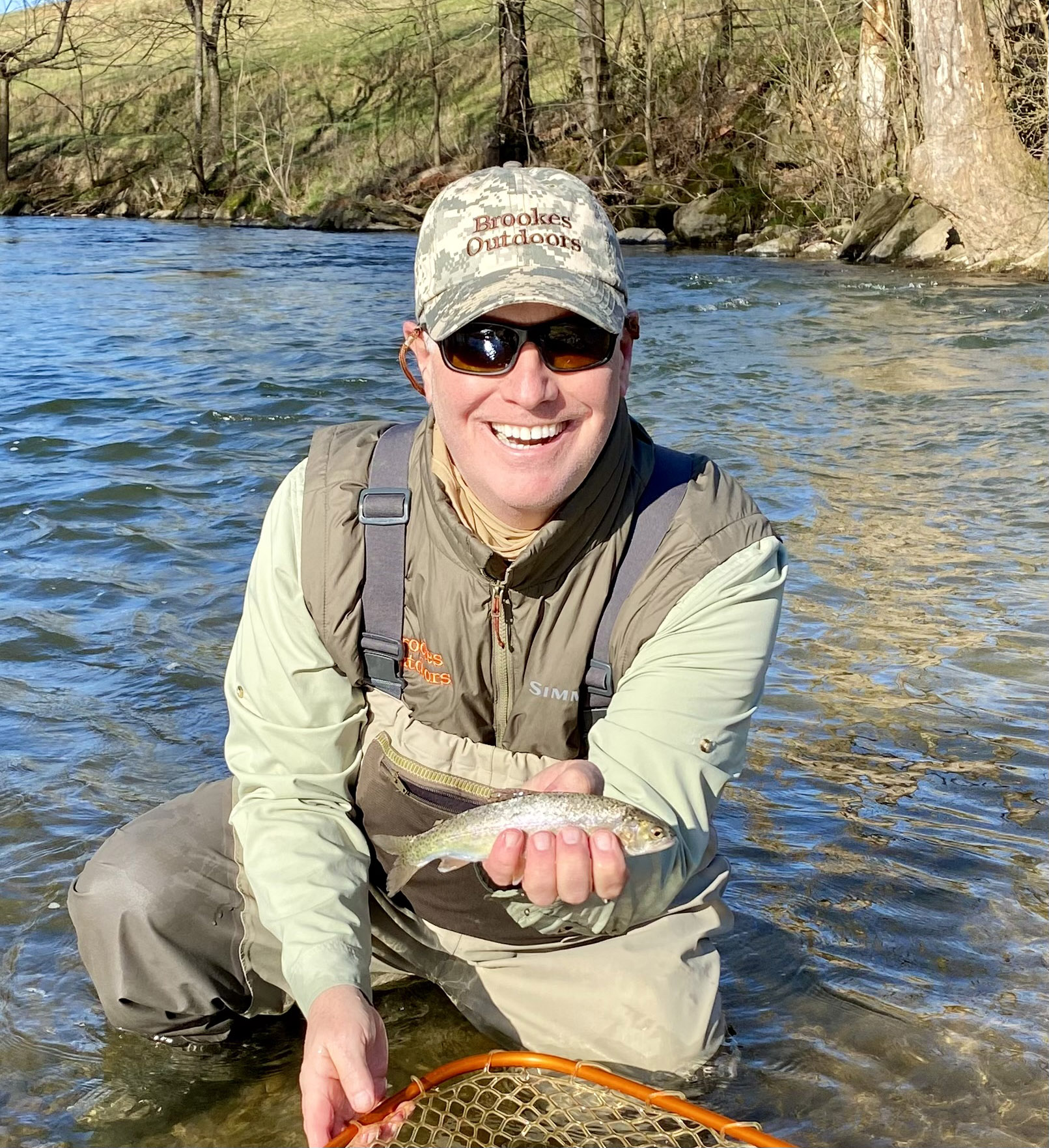
Even the little guys are fun: a wild South Holston rainbow.
Fortunately, the river has plenty of aquatic life to sustain the wild trout, including a bevy of bug life such as caddis, stoneflies, and mayfly hatches. Fly anglers should pack some dry flies in their fly box before hitting the river in case there’s a hatch.
While I won’t get into any depth (pun intended) here, I really like the coastal Potomac River as a top waterway, too, with its network of narrow inlets as it courses along Virginia’s coastline. Top species include shad, stripers, largemouth bass, perch, carp, and snakehead.
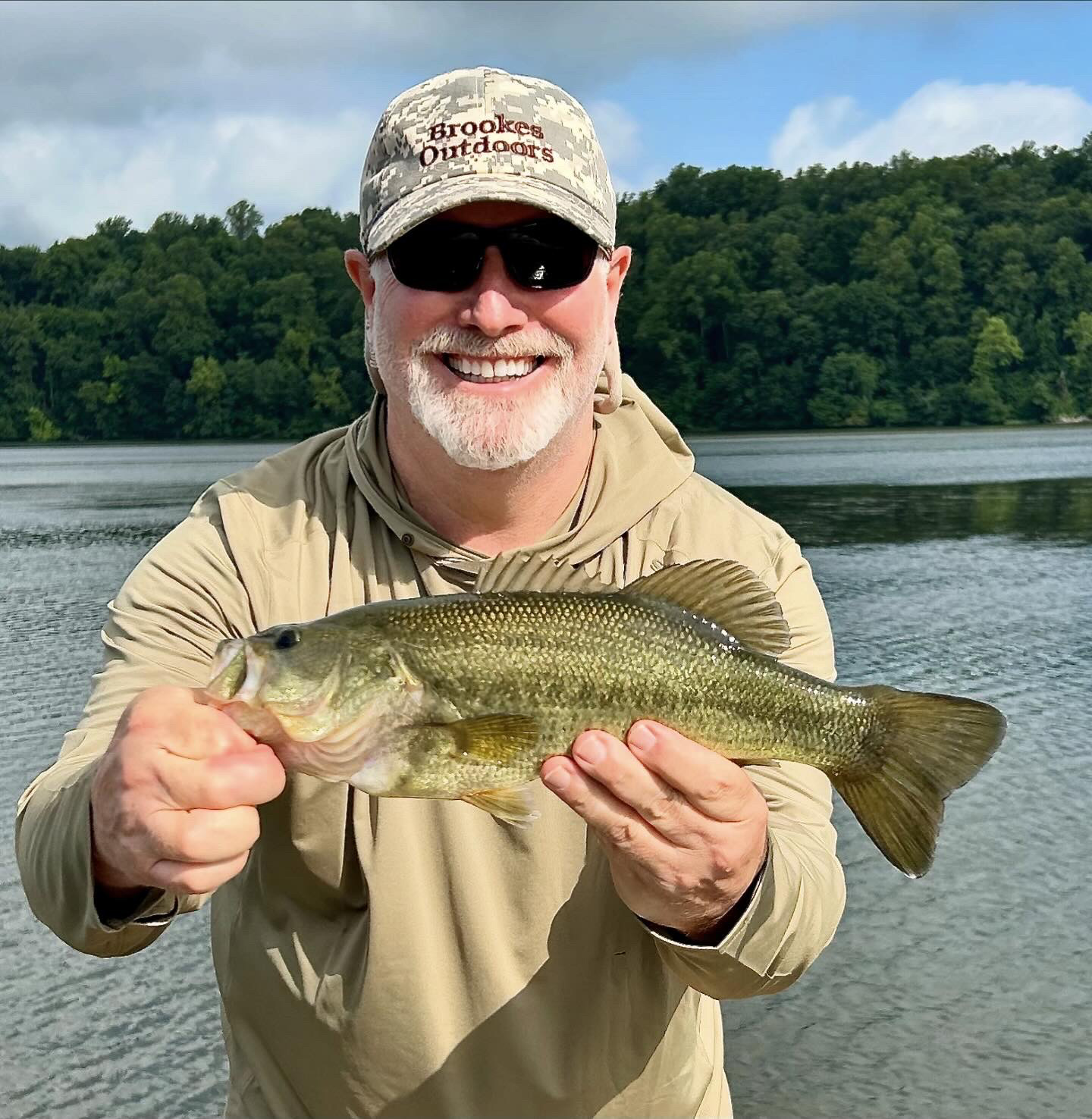
A Potomac inlet largemouth bass.
I already have my Virginia fishing license, and I’m ready to hit the water. By the time you read this, I’ll have been chasing shad and stripers with a fly rod on the Rapp and Potomac. If you don’t have your fishing license yet, you can get it here.
And if you’re going to chase anadromous shad and or stripers in inland waters, you’ll need a Virginia Fisherman’s Identification Program number from the Virginia Marine Resources Commission. The good news is it’s available online and free!
As anglers, we’re lucky to be living in the Old Dominion with a number of wonderful rivers filled with fish. Without question, Virginia offers some of the finest cold- and warm-water river fishing opportunities on the East Coast.
Whether you prefer to fling a fly or launch a lure, Virginia’s coastal and inland rivers avail the angler an abundant number of fish species and mountain, valley, and piedmont scenic beauty, providing the possibility of unforgettable angling experiences. And in between casts, keep a weather eye out for my piece next month on Virginia’s top five fishing lakes, making sure you add those to your outdoor to-do list. Get ready: 2025 is going to be a busy year!
Dr. Peter Brookes is an award-winning outdoor writer and Virginian, who scribbles for Brookes Outdoors. Connect at brookesoutdoors@aol.com
Distribution channels:
Legal Disclaimer:
EIN Presswire provides this news content "as is" without warranty of any kind. We do not accept any responsibility or liability for the accuracy, content, images, videos, licenses, completeness, legality, or reliability of the information contained in this article. If you have any complaints or copyright issues related to this article, kindly contact the author above.
Submit your press release